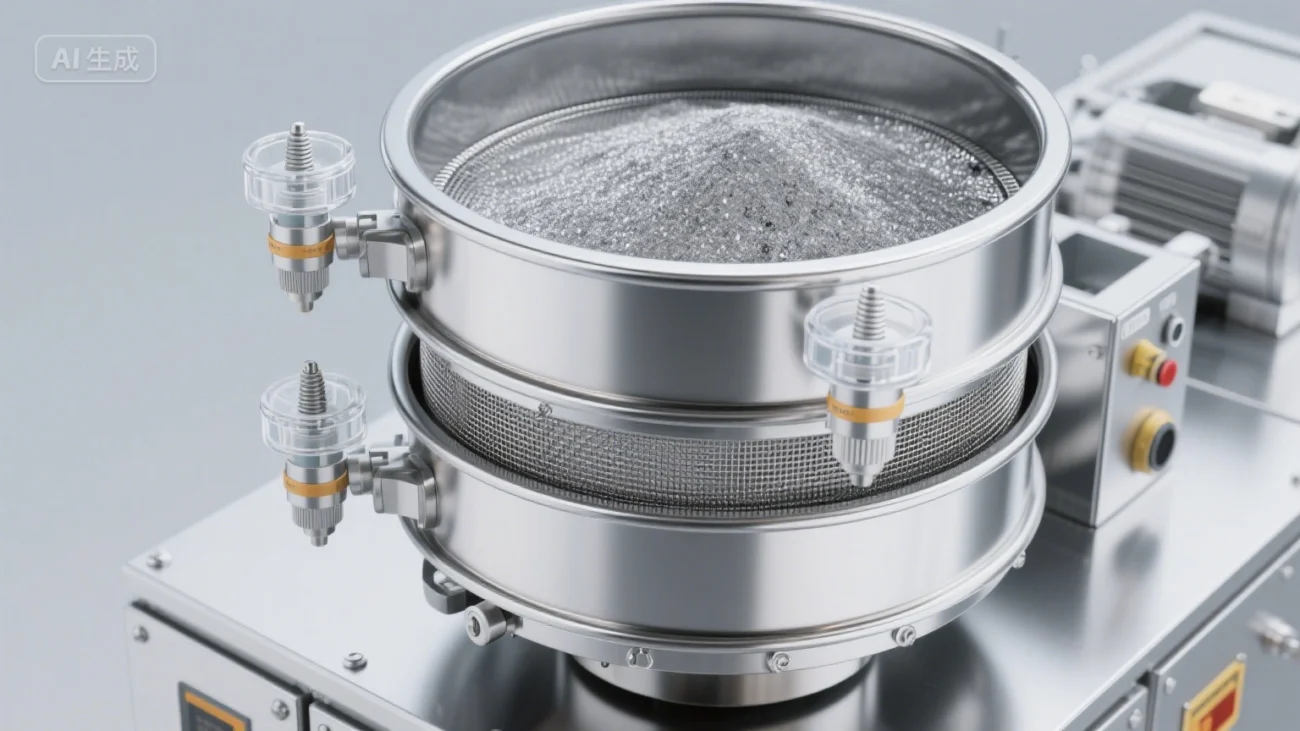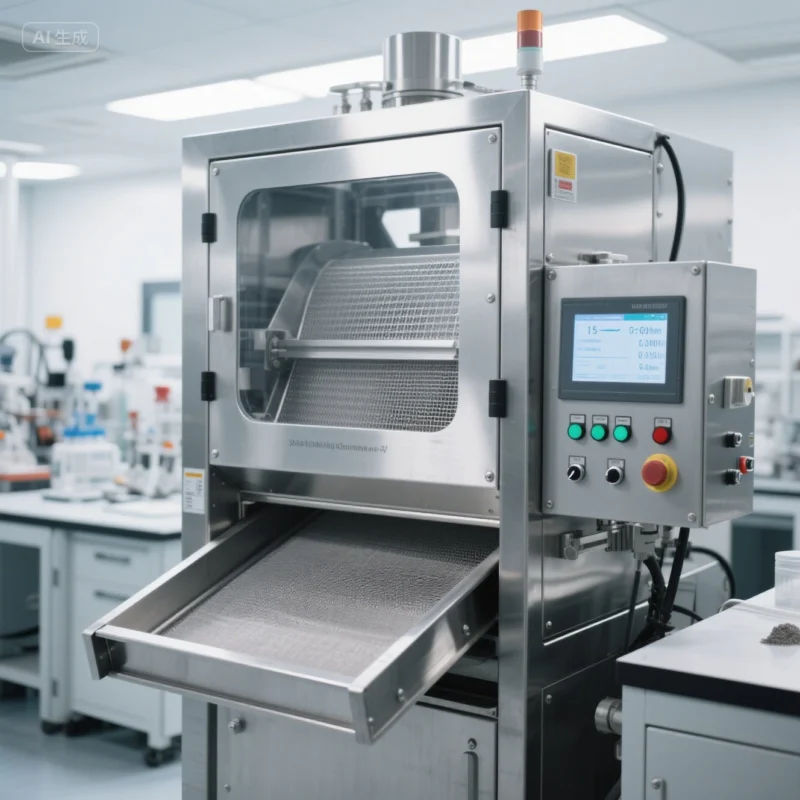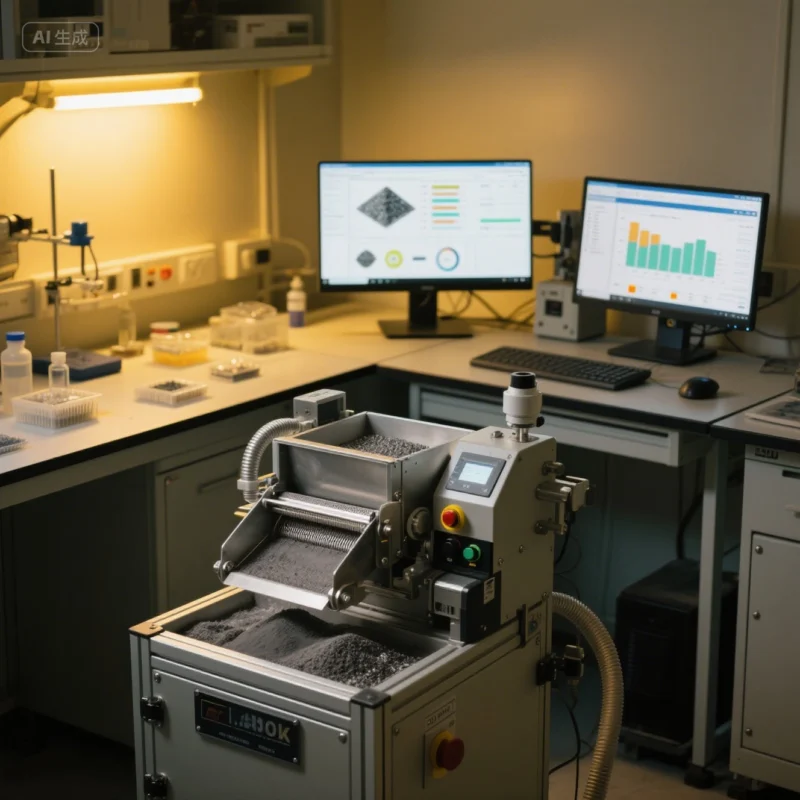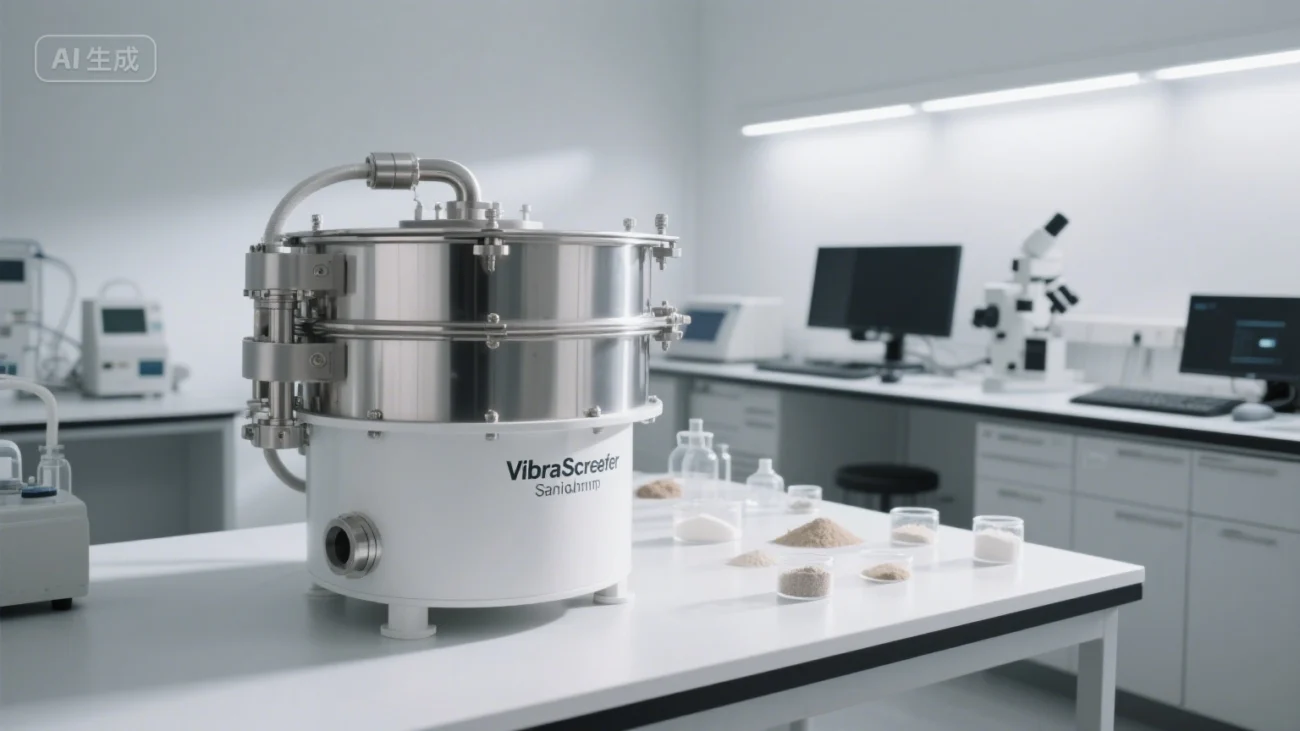The Evolution of Metal Powder Screening in Advanced Manufacturing

The emergence of 3D printing and powder metallurgy as mainstream manufacturing methodologies has propelled the demand for specialized screening equipment tailored for metal powder. As additive manufacturing shifts from prototyping to full-scale production, the precision of raw material preparation becomes paramount. Quality inconsistencies in metal powders—be it particle size distribution, shape irregularities, or contamination—can lead to print failure, suboptimal mechanical properties, and waste. Consequently, the market has witnessed a parallel evolution in fine powder screening technologies designed to uphold the rigorous standards of aerospace, biomedical, and defense industries.
In the U.S., where industrial innovation is tightly coupled with compliance, the role of vibrating screens in maintaining powder uniformity cannot be overstated. These machines have advanced far beyond simple mesh shakers. Today’s best-in-class screening systems integrate ultrasonic transducers, anti-blinding technologies, and sealed enclosures compatible with inert atmospheres, essential for reactive metals like titanium and aluminum alloys. High-precision screening is no longer a luxury but an operational necessity—ensuring flowability, pack density, and sintering consistency.
The materials being processed are equally demanding. From gas-atomized stainless steels to hydride-dehydride titanium, each metal powder variant requires careful handling. Particle agglomeration, electrostatic behavior, and hygroscopic tendencies introduce complexities in separation. Stainless steel sieve constructions are favored not just for durability, but for corrosion resistance, hygienic compliance, and ease of decontamination. In facilities where material changeover is frequent, modular screen decks and tool-less disassembly offer both operational agility and compliance with good manufacturing practices.
Critical Features Defining the Best Vibrating Screens for 3D Printing

The ideal screening system for 3D printing and powder metallurgy operations combines material compatibility, operational efficiency, and precise control over separation parameters. Unlike general-purpose vibrating sieves used in food or aggregate industries, these machines must accommodate ultra-fine particle distributions, typically in the range of 15 to 150 microns, with tight tolerances and minimal deviation. The stakes are higher: any oversize or undersize fraction, even in trace amounts, can degrade build consistency and mechanical fidelity in layer-by-layer deposition processes.
Key design principles distinguish elite machines. First is the integration of ultrasonic technology, which applies high-frequency vibration to the mesh surface, dislodging particles prone to blinding. This is vital when processing spherical metal powder or irregularly shaped feedstocks that exhibit cohesive behavior. Second is sealed construction with inert gas purge capability—essential for the processing of oxygen-sensitive alloys. The best machines offer vacuum-sealable screening chambers, minimizing contamination during powder transfer.

Moreover, the trend towards reusable metal powder reclaim systems has forced equipment designers to think holistically. It’s not enough to sieve virgin material; reclaiming unused metal powder post-print must be done without altering its morphology or chemistry. For this reason, the latest vibrating separator for 3D lab setups includes powder tracking systems, ensuring traceability and batch integrity. These compact, lab-grade separators allow researchers to test new materials under production-simulated conditions.
Operational control is another distinguishing trait. State-of-the-art systems provide variable amplitude, multi-frequency control, and programmable sieving cycles tailored for different fine powder screening tasks. Where throughput is high, automated discharge gates and multiple deck configurations enable simultaneous separation of several particle ranges, facilitating inline processing. Industrial-grade stainless steel sieve assemblies ensure wear resistance and compatibility with both ferrous and non-ferrous powders.
Industry Leaders and U.S.-Made Equipment for High-Precision Screening
Across North America, several manufacturers have solidified their reputation as leaders in high-precision screening technology for metal powder applications. These firms supply both lab-scale units for material development and full-scale industrial systems for aerospace, medical, and energy sectors. A consistent hallmark among them is adherence to ISO and ASTM standards for particle size analysis and powder handling safety.
Russell Finex, headquartered in Pineville, North Carolina, produces ultrasonic screening systems specifically tuned for 3D printing alloys. Their Finex Ultima™ line offers customizable mesh sizes, high containment levels, and clean-in-place (CIP) options. Engineered for continuous production, these units include multi-tiered stainless steel sieve modules allowing gradation from raw feed to print-ready fractions. Their dust-tight design makes them ideal for titanium and aluminum alloys used in aerospace applications.

Similarly, VibraScreener of Charlotte, NC, provides the SaniDump Screener, a sanitary-grade vibratory separator with sealed edges and FDA-compliant finishes. Originally built for pharmaceutical powders, this system has found strong uptake in additive manufacturing labs requiring a vibrating separator for 3D lab work. The company emphasizes minimal maintenance and high configurability—a crucial requirement for research centers that process a variety of powder grades and particle chemistries.
Further west, Cleveland Vibrator Company offers highly adaptable screeners with electromechanical drives optimized for fine powder screening. Their Vibratory Screeners come equipped with flexible rubber mounts, modular screen decks, and replaceable anti-blinding balls for sustained throughput. These machines are frequently deployed in reusable metal powder reclaim systems where integrity of recirculated powder must be ensured. In metallurgy environments where contamination is unacceptable, these units are available in high-purity 316L stainless steel sieve configurations, ensuring corrosion resistance and GMP compliance.
Process automation is another key area of innovation. Many U.S.-based manufacturers now integrate IoT-based monitoring systems that provide real-time data on screen tension, amplitude, and temperature—ensuring not only operational efficiency but predictive maintenance. By enabling early detection of mesh fatigue or flow anomalies, these features reduce downtime and enhance process reliability. This is particularly critical in additive manufacturing workflows where continuity and material traceability are foundational to regulatory approval.
Conclusion
As additive manufacturing and powder metallurgy continue to redefine advanced manufacturing in the United States, the supporting infrastructure must evolve in lockstep. The role of vibrating screens in this ecosystem is both foundational and transformative. From precision separation of virgin metal powder, to the sensitive handling of reusable metal powder reclaim, these systems dictate the reliability, efficiency, and scalability of downstream processes.
What was once an auxiliary operation has become central to the integrity of industrial 3D printing. High-precision screening ensures not only particle uniformity but also process control—a non-negotiable factor in regulated sectors such as aerospace, defense, and medical devices. The convergence of fine powder screening technology, advanced materials science, and regulatory compliance is embodied in the design and performance of next-generation screeners.
In this context, equipment made in the U.S. stands at the forefront—combining rugged design with scientific finesse. Whether in a large-scale production facility or a vibrating separator for 3D lab, these machines reflect a broader shift toward process excellence, material stewardship, and technological maturity. The intelligent integration of stainless steel sieve engineering, sensor-driven control, and inert-compatible enclosures is no longer optional—it is the new benchmark.
